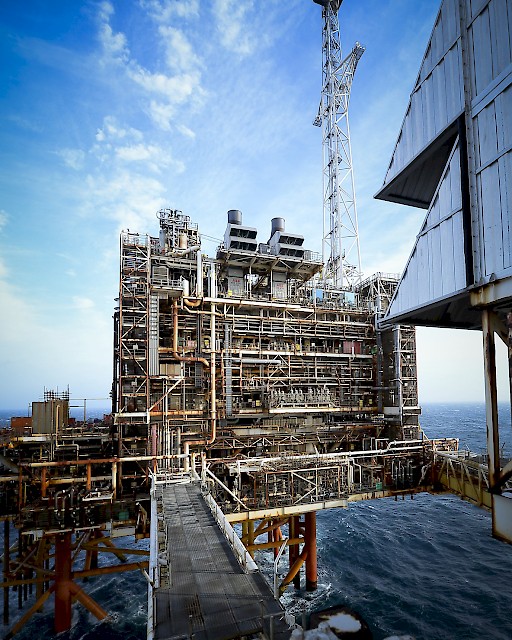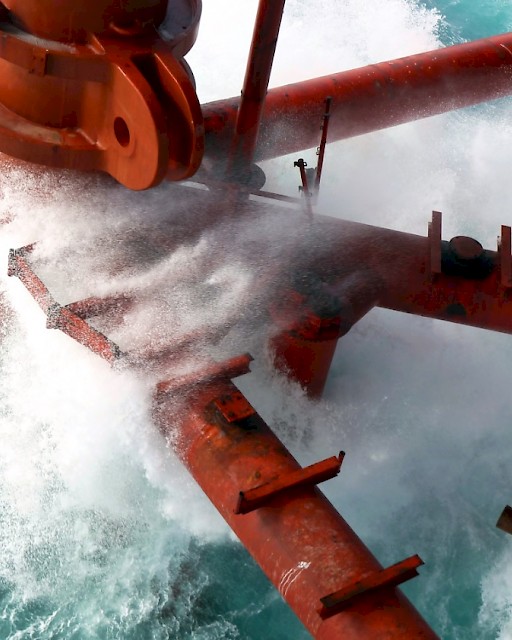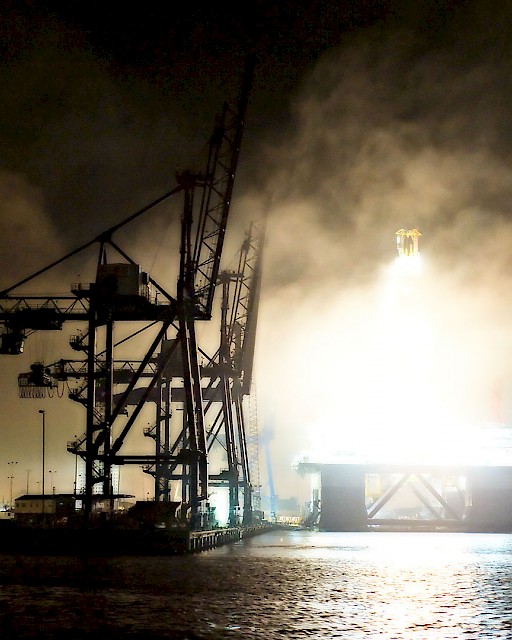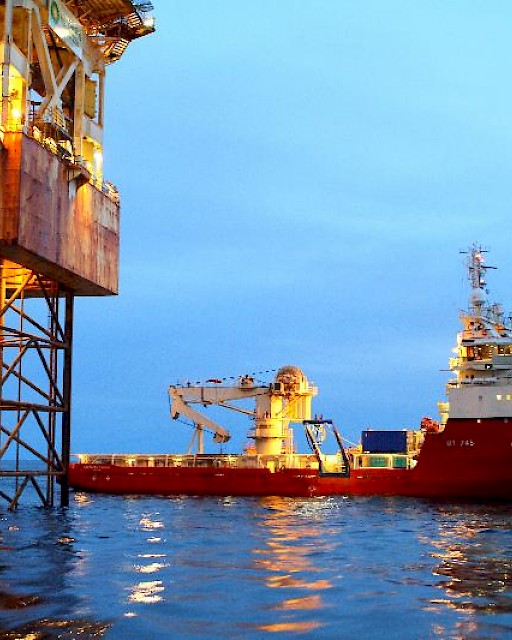Carbon Capture and Storage
In 2007, the OSPAR Commission took decisive action towards reducing the negative effects of climate change by adopting amendments to the Annexes of the Convention to allow the storage of carbon dioxide in geological formations under the seabed following OSPAR’s 2006 report on ocean acidification.
The report which indicated that high levels of carbon dioxide (CO2) in the atmosphere were changing ocean carbon chemistry at least 100 times faster than at any time in the last 100,000 years and that capturing CO2 at source and transporting for storage in sub-sea geological formations could help mitigate climate change over long term,.
Therefore, where very long-term storage is achievable, CCS may complement measures to reduce greenhouse-gas emissions at source. However, OSPAR has also stressed that CCS is only part of a package of measures needed to reduce CO2 emissions, which should include conservation of energy (demand restraint), renewables and improved energy efficiency.
As part of OSPAR's Quality Status Report due to be published in 2023, we have published an in-depth report on the assessment of impacts of the offshore oil and gas industry on the marine environment along with a series of fact sheets. The fact sheet on decommissioning can be accessed by clicking the image below.
OFFSHORE INDUSTRY QSR 2023 THEMATIC ASSESSMENT
Briefing note for the thematic assessment
The ultimate objective of storage of CO2 is to ensure permanent containment in geological formations, in a manner that avoids significant adverse consequences for the marine environment, human health and other legitimate users of the maritime area. OSPAR has adopted a Decision (2007/2) to ensure safe storage of carbon dioxide streams in geological formations together with guidelines for risk assessment and management of storage of CO2 streams in geological formations (OSPAR Agreement 2007-12). OSPAR has also adopted a Decision (2007/1) to prohibit the storage of carbon dioxide streams in the water column or on the seabed, because of the potential negative effects.

OSPAR maritime area has offshore oil and gas infrastructure, including wells and pipelines, that could be repurposed for CO2 transport and storage. At present, the only operational CCS projects in the OSPAR Maritime Area are in Sleipner and Snohvit in Norway.




